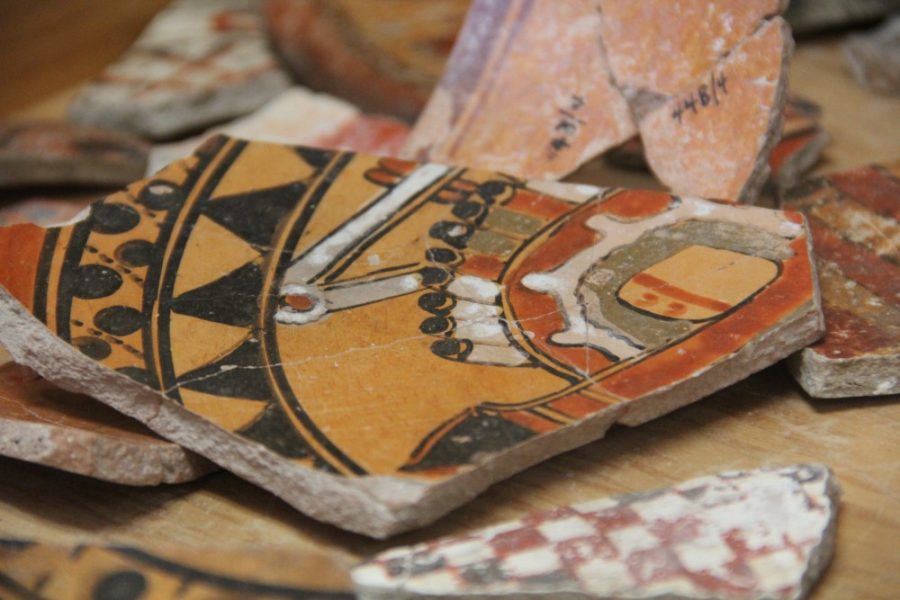While Mel Gibson’s thrilling film “Apocalypto” attempted to depict a clear image of Mayan culture, it didn’t. There are in reality extensive gaps in our understanding of this civilization. In a recent paper, UA professor of anthropology Takeshi Inomata and his team have used radiocarbon dating to dig deeper into the history of the Mayan people.
Inomata, anthropology professor Daniela Triadan and a team of graduate students have been working in Guatemala for over 20 years in order to explore the patterns of Mayan society’s rise and fall. At first, they studied a Mayan site known as Aguateca, which boasted an abundance of pottery, bones and other remnants left from the Classic Period of Mayan civilization from around 250 AD to a precipitous decline in 900 AD.
While Aguateca’s Classic Period artifacts are a treasure trove, Inomata and his team broke ground by analyzing pre-Classic artifacts at a site called Ceibal, through a method known as radiocarbon dating.
“Working with artifacts in the Classic period, you didn’t need to use radiocarbon dating, you used the hieroglyphs [on the artifacts to help in identification],” Inomata said.
He explained that radiocarbon dating of even pre-Classic artifacts is a new approach.
“It is evolving very quickly and now it is very precise, which is useful to determine changes in occupation of sites,” Inomata said.
Radiocarbon dating measures the decay of a radioactive isotope called carbon-14. By learning how much carbon-14 remains in a given artifact, researchers can put an age to the item.
At any given archaeological site, the more artifacts collected, the clearer the picture of age. When researchers discover numerous artifacts all from the same time within a given settlement, they are able to infer that the rough date in question saw a population spike.
RELATED: Researcher draws parallels between atypical burial sites and ancient conflict
In the case of Ceibal, this technique showed the team when the settlement was abandoned. Using radiocarbon dating around Ceibal, Inomata and Triadan determined that Mayan civilization did not have just one collapse at the end of the Classic Period, but two—one before the Classic and one during it.
“The occupation of these sites can be represented in waves,” Inomata said. “Slowly the occupation of these sites decreased heavily with small increases before they went back down again. The low occupation of these sites for the extended period is the collapse.”
However, it took the application of historical knowledge to this new data to piece together what actually happened.
“There were intense war pressures and climate change in the middle of the pre-Classic collapse which gave rise to the elites and set up the kings and dynasties for the Classic Period,” Triadan said. This explains why artifacts from the Classic Period are often adorned with hieroglyphs reflecting the rulers of the time.
RELATED: Tree rings and shipwrecks paint a portrait of hurricane activity
Another member of their team is Melissa Burham, an anthropology graduate student who started working on the project for her dissertation.
“It takes some getting used to but working with the locals and the directors [Inomata and Triadan] was a great experience,” Burham said, reflecting on her experience in Guatemala. “I go back every year around the spring to avoid the rainy seasons that Guatemala has during the summer.”
Determining why and when the Mayans left their settlements is an ongoing project that Inomata and Triadan continue to work on, but they have not ignored the site’s current state. The team has has hired locals to help with their excavations for the past 20 years and employed Guatemalan students to analyze the artifacts they collect all year long.
Follow Malik Shelp on Twitter.

















